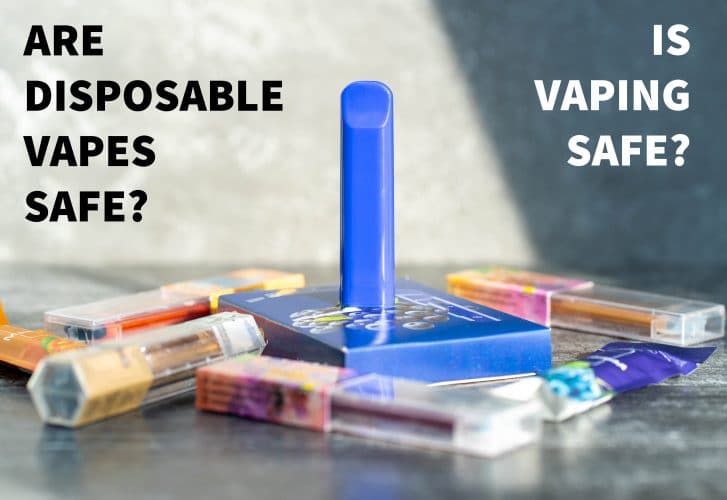In recent years, Cake Disposables Vaps has rapidly gained popularity as a trendy alternative to traditional smoking. While some enthusiasts praise its potential to aid in smoking cessation, others have raised concerns about its safety and long-term effects. In this article, we delve into the world of vaping to separate the myths from the realities.Vaping proponents argue that it can assist smokers in transitioning away from traditional cigarettes, potentially lowering the risks associated with smoking-related diseases.
Vaping, short for vaporizing, involves inhaling aerosolized substances produced by electronic devices such as e-cigarettes, vape pens, and mods. These devices heat a liquid known as e-liquid or vape juice, which typically contains nicotine, flavorings, and other chemicals. One of the key appeals of vaping is its perception as a “healthier” alternative to smoking, mainly due to the absence of tobacco combustion and the reduction of harmful chemicals associated with it.
While vaping might appear as a safer option compared to smoking, it’s crucial to dispel the myth of harmlessness. The aerosol produced by vaping devices is not just harmless water vapor; it contains a mixture of potentially harmful substances. Research indicates that even though vaping exposes users to fewer toxicants compared to traditional smoking, it is not without risks. E-liquids can contain chemicals such as formaldehyde, acetaldehyde, and acrolein, which are known to have adverse health effects. Furthermore, the long-term consequences of inhaling these chemicals are still largely unknown, as vaping is a relatively new phenomenon.
Another concern surrounding vaping is its appeal to younger individuals. The enticing flavors and sleek designs of vaping devices have contributed to their popularity among teenagers. This has led to a new generation being exposed to nicotine, a highly addictive substance that can have lasting impacts on brain development. The rise of vaping among youth has prompted regulatory actions and public health campaigns to address the issue and prevent a potential epidemic of nicotine addiction among adolescents.



